Confused about whether to go with a headless CMS or stick with a traditional CMS for your business?
Do you feel like you’re getting lost in the technical jargon and still can’t decide which option is best suited for your content management needs?
It’s overwhelming, right?
You’re not alone. Many Businesses face this very challenge when trying to scale their content strategies or create seamless omnichannel experiences.
In this blog, we’ll dive into the differences between traditional and headless CMS platforms, breaking down the pros, cons, and use cases for each, so you can make an informed decision that aligns with your business goals.
By the end of this read, you’ll not only have a clear understanding of both CMS types, but you’ll also know which one will help take your digital strategy to the next level.
Ready to decide which CMS is the best fit for your business? Let’s get started!
What is a Content Management System (CMS)?
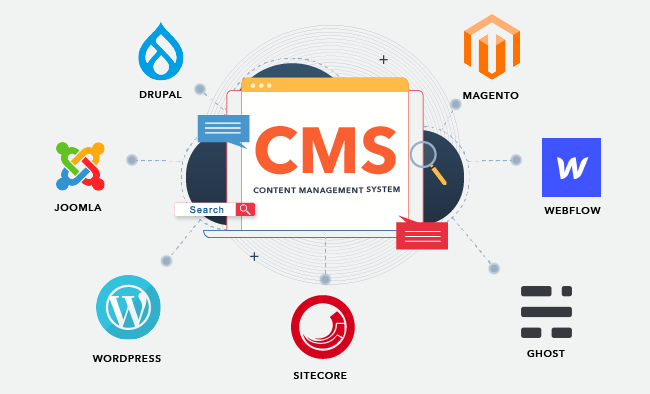
A content management system (CMS) is a software application that enables users to create, manage, and publish content without requiring technical or coding expertise. CMS platforms have become essential for businesses to maintain their websites, apps, and other digital experiences. However, not all CMSs are built the same way.
In recent years, the headless CMS has gained significant traction due to its flexibility, while the traditional CMS remains a popular choice for simplicity and ease of use.
Traditional CMS: A Tried-and-Tested Approach
A traditional CMS is an all-in-one solution where the back-end (content creation and management) and front-end (content presentation) are tightly coupled. This setup makes traditional CMSs like WordPress or Drupal a user-friendly option for businesses without extensive technical resources.
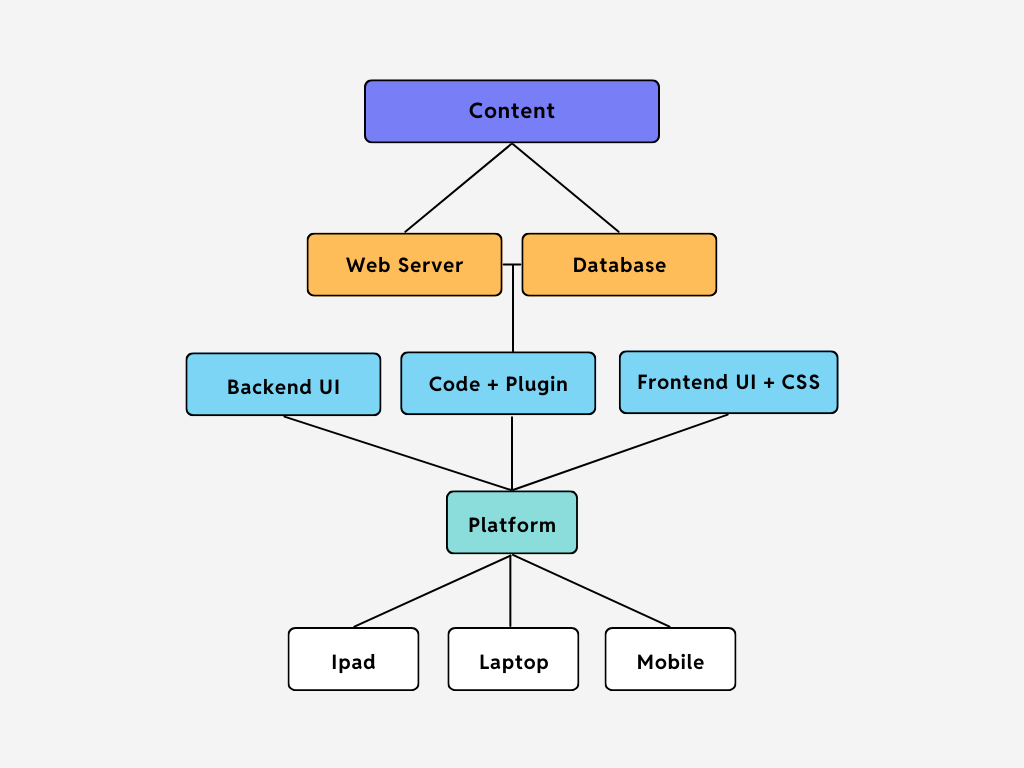
Key Benefits of Traditional CMS:
- Fast, Easy Deployment: Traditional CMS platforms support out-of-the-box functionality, allowing businesses to get their websites up and running quickly. This is particularly useful for small businesses with limited technical expertise.
- Lower Cost: Traditional: CMSs are generally cheaper to set up initially due to faster deployment and built-in templates.
- Plug-ins for Expandability: While not as flexible as headless CMS, traditional CMSs offer a wide range of plug-ins to add functionality, such as e-commerce tools or SEO optimization features.
- Ease of Use: The built-in WYSIWYG (What You See Is What You Get) editors, drag-and-drop features, and real-time content editing make traditional CMSs accessible to non-technical users.
Drawbacks of Traditional CMS:
- Limited Flexibility: Traditional CMSs are designed for web-based content delivery and need help to adapt to modern omnichannel needs.
- Security Risks: Plug-ins often present security vulnerabilities, and the monolithic nature of traditional CMS makes them more susceptible to attacks.
- Scalability Issues: As businesses grow, traditional CMSs may become difficult to scale due to their tightly coupled architecture.
Overcome CMS limitations with our solution: Frustrated by the constraints of your current CMS? Whether it’s the lack of flexibility or the challenges of scaling your content strategy, Jnext Services offers a modern, API-first approach tailored to your business needs. Achieve greater agility, streamline content delivery, and maximize your ROI. Request a demo today to see how we can transform your CMS strategy.
Headless CMS: The Modern Solution
A headless CMS decouples the back-end content management from the front-end presentation layer, allowing content to be delivered across multiple platforms using APIs. This separation offers greater flexibility and scalability, making headless CMS ideal for businesses looking to deliver content to websites, mobile apps, IoT devices, and more.
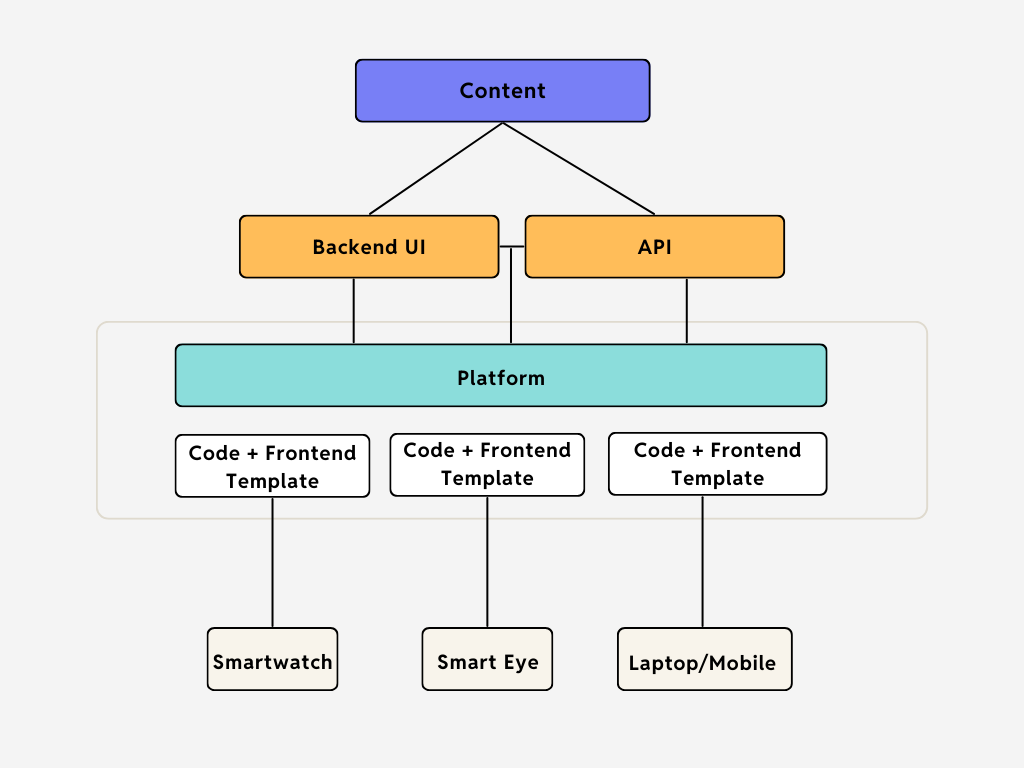
Key Benefits of Headless CMS:
- Enhanced Flexibility: Headless CMS allows content to be distributed across various platforms, such as mobile apps, smartwatches, websites, and more. This flexibility makes it ideal for businesses looking to implement omnichannel strategies.
- API-Driven Integrations: Headless CMS relies on APIs to connect with third-party tools, enabling businesses to leverage a best-of-breed suite of integrations like CRM, analytics, and ERP systems.
- Scalability: The decoupled architecture makes it easier to update or maintain the back-end without disrupting the front-end, making headless CMS highly scalable.
- Improved SEO and Performance: Content is delivered directly to users without routing through a server, leading to faster page loads and better SEO rankings.
- Security: Since the front-end and back-end are separated, a headless CMS reduces the surface area for attacks, offering stronger security.
Drawbacks of Headless CMS:
- Higher Initial Costs: Headless CMS typically requires more upfront investment, including development resources and infrastructure.
- Requires Technical Expertise: Implementing and maintaining a headless CMS demands a skilled development team to manage the API connections and integrate content with various platforms.
Headless CMS vs. Traditional CMS: A Side-by-Side Comparison
| Feature | Headless CMS | Traditional CMS |
| Flexibility | A decoupled structure allows content distribution across multiple channels | Limited to web-based platforms |
| Developer Experience | Developers can use modern frameworks like React.js and Next.js | Developers are restricted to pre-built templates |
| Ease of Use | Marketers and content creators can reuse content across channels | Business users benefit from easy-to-use templates |
| Scalability | Easily scalable due to decoupled architecture | Difficult to scale as both front-end and back-end are tightly coupled |
| Security | Stronger security due to the decoupled system | More vulnerable to attacks due to reliance on plugins |
When to Choose a Traditional CMS
A traditional CMS is ideal when:
- You have limited in-house development expertise and need a platform that’s easy to deploy and manage.
- You don’t need omnichannel publishing, and your primary focus is delivering content via a website.
- Cost is a major concern, and you’re looking for a more budget-friendly option with built-in templates and minimal setup.
Examples of Use Cases:
- Small business websites
- Personal blogs
- Basic company websites with minimal customization needs
When to Choose a Headless CMS
A headless CMS is best suited for:
- Omnichannel businesses that need to deliver content across various platforms and devices.
- Scalable projects that require frequent updates without disrupting the user experience.
- Organizations with a strong focus on performance, personalization, and real-time interactions.
- Businesses need advanced security and the ability to handle heavy traffic (e.g., e-commerce).
Examples of Use Cases:
- Large-scale ecommerce websites.
- Mobile apps with dynamic content delivery.
- Content-heavy platforms serving multiple channels, such as IoT devices, mobile apps, and websites.
If you’re considering WordPress for headless CMS implementation, you might want to check out our detailed guide: WordPress Headless CMS Workflow: A Comprehensive Guide.
Hybrid Approach: The Best of Both Worlds
Some organizations are adopting a hybrid CMS approach, combining the best features of both headless and traditional CMS. A hybrid CMS allows marketers to use familiar front-end tools (like drag-and-drop editors) while developers enjoy the flexibility of API-based integrations. This approach can offer the flexibility of a headless CMS without sacrificing ease of use.
How to Choose the Right CMS for Your Business
When selecting a CMS, consider the following factors:
- Customer Experience: Your CMS should enable you to deliver personalized, data-driven experiences across all customer touchpoints.
- Scalability: Choose a platform that can grow with your business, especially if you plan to expand to multiple channels.
- Technical Resources: Evaluate whether you have the development expertise in-house or need a CMS that requires minimal technical involvement.
- Budget: Consider both the initial costs and long-term expenses related to development, maintenance, and scaling.
- Security: If data security is a priority, opt for a solution that provides strong protection from external threats.
Conclusion
Choosing the right CMS is a crucial decision that impacts your organization’s ability to deliver exceptional content experiences. A headless CMS is the ideal solution if you prioritize flexibility, scalability, and omnichannel publishing. However, if your business needs simplicity and cost-effectiveness, a traditional CMS may be the better choice.
Ultimately, the best CMS for your organization depends on your current and future content needs. Make sure to carefully consider your goals, budget, and technical resources before making a decision.
Are you ready to transform your content strategy with the right CMS solution? Whether you’re considering a traditional CMS or a headless CMS, we’re here to help you make the best decision for your business. Contact us today for a free consultation and learn how you can leverage the power of modern content management systems to drive growth, scalability, and customer satisfaction.

 September 18, 2024
September 18, 2024
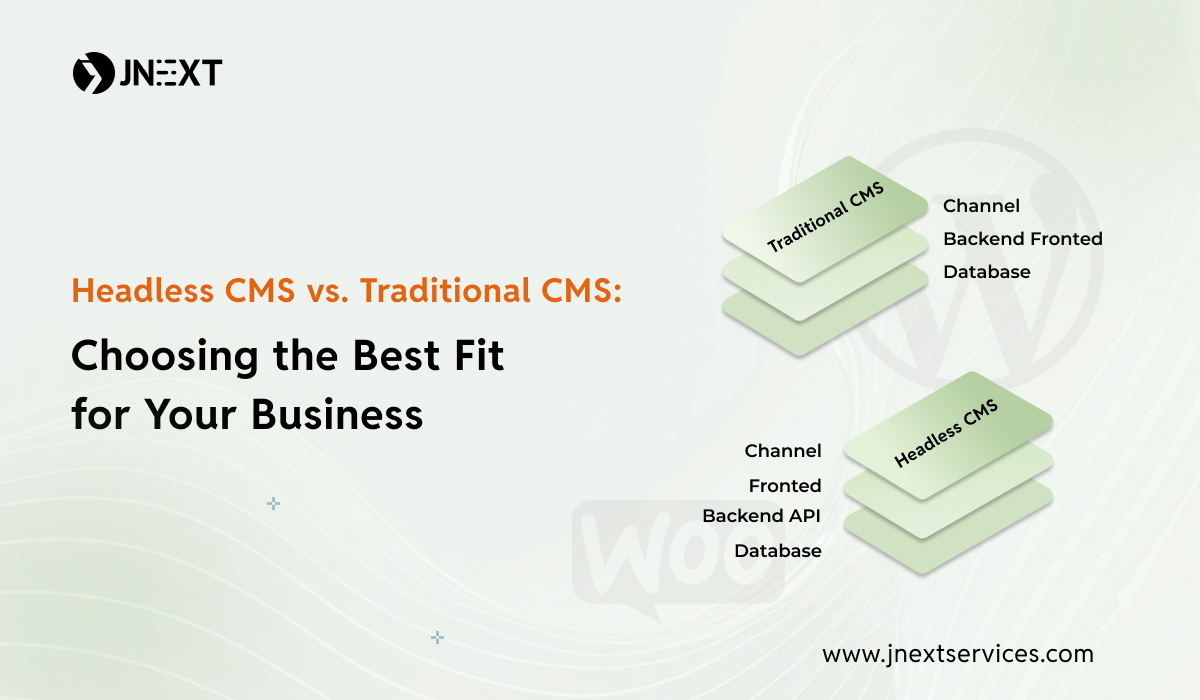
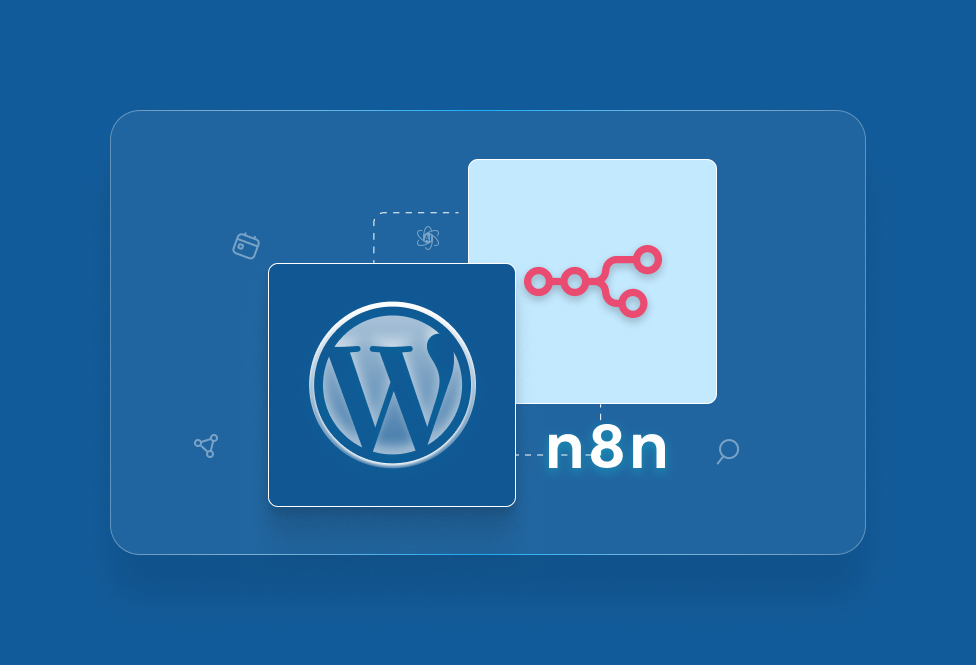

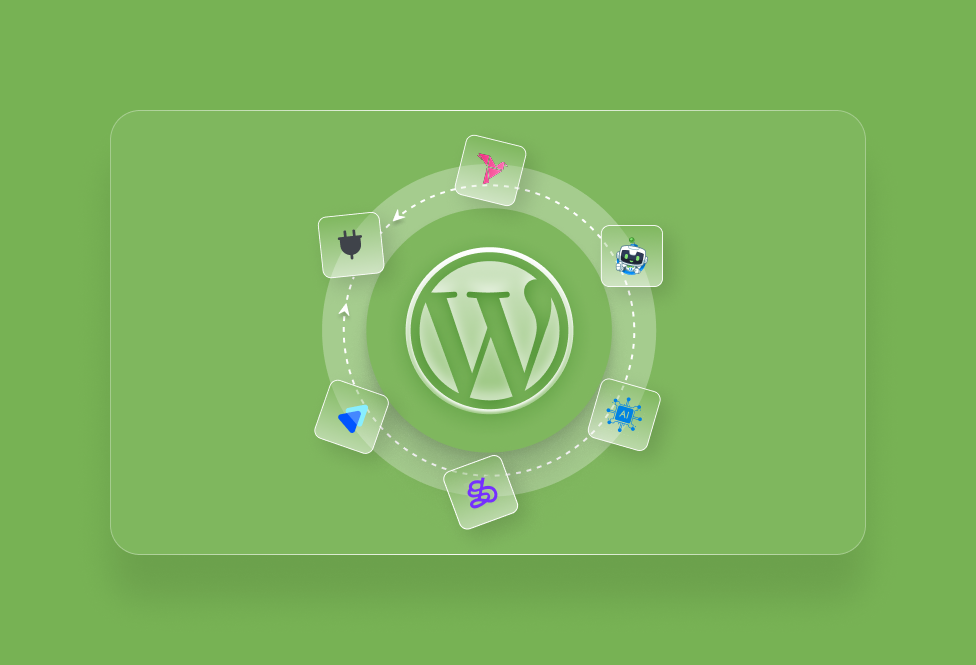
TEAM id
jnext_services
email us [email protected]
india
+91 98587 63596
United Kingdom
+ 44 77679 57915